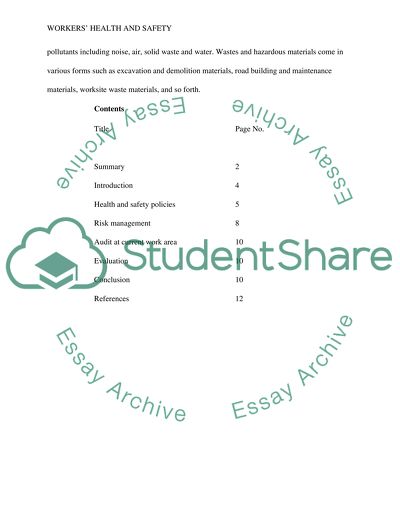Cite this document
(“Health and Safety at Work: Risk Assessment Assignment”, n.d.)
Retrieved from https://studentshare.org/family-consumer-science/1411269-health-and-safety-at-work-risk-assessment
Retrieved from https://studentshare.org/family-consumer-science/1411269-health-and-safety-at-work-risk-assessment
(Health and Safety at Work: Risk Assessment Assignment)
https://studentshare.org/family-consumer-science/1411269-health-and-safety-at-work-risk-assessment.
https://studentshare.org/family-consumer-science/1411269-health-and-safety-at-work-risk-assessment.
“Health and Safety at Work: Risk Assessment Assignment”, n.d. https://studentshare.org/family-consumer-science/1411269-health-and-safety-at-work-risk-assessment.


